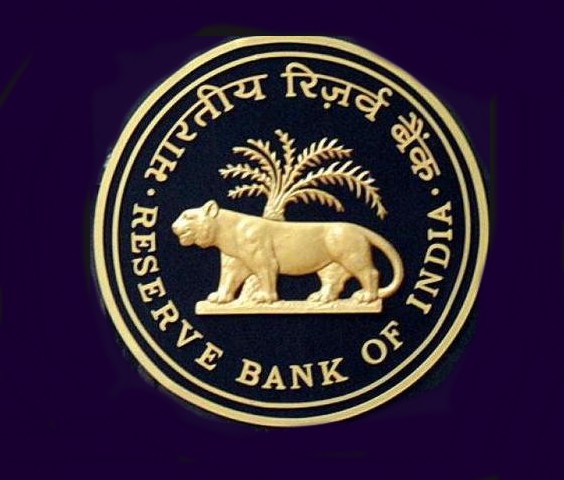Inflation forecast increased to 6.7% for FY23; GDP forecast retained at 7.2%
Mumbai, NFAPost: After a surprise rate hike in May in an off-cycle meeting, the six-member Monetary Policy Committee (MPC) of the Reserve Bank of India (RBI) on Wednesday unanimously voted to increase the benchmark policy rate by 50 basis points thereby taking the repo rate to 4.90%.
Consequently, the standing deposit facility (SDF) rate stands adjusted to 4.65 per cent and the marginal standing facility (MSF) rate and the bank rate to 5.15%. The MPC also voted unanimously to remain focused on the withdrawal of accommodation to ensure that inflation remains within range going forward, while supporting growth.
While the real GDP growth forecast for FY23 has been retained at 7.2%, with Q1 at 16.2%; Q2 at 6.2%; Q3 at 4.1% and Q4 at 4.0%, the inflation projection for the year has been increased to 6.7%, with Q1 at 7.5%; Q2 at 7.4%; Q3 at 6.2% and Q4 at 5.8%. The MPC noted that inflation is likely to remain above the upper tolerance band of 6% through the first three-quarters of FY23.
“It may be noted that around 75% of the increase in inflation projections can be attributed to the food group. Further, the baseline inflation projection of 6.7% for 2022-23 does not take into account the impact of monetary policy actions taken today,” RBI Governor Shaktikanta Das said.
Between February and April, headline inflation increased by about 170 basis points. With no resolution of the war in sight and the upside risks to inflation, prudent monetary policy measures would ensure that the second-round effects of supply-side shocks on the economy are contained and long-term inflation expectations remain firmly anchored and inflation gradually aligns close to the target. The monetary policy actions, including withdrawal of accommodation, will be calibrated keeping in mind the requirements of the ongoing economic recovery, Shaktikanta Das said.
He also said that with inflation expectations of households moderating post the excise duty cuts on petrol and diesel on May 21, 2022, further reduction of state VATs on petrol and diesel across the country can certainly contribute to the softening of inflationary pressures as well as expectations.
“Today’s hike of 50bps on top of an inter-meeting 40bps hike in May is reflective of inflation elbowing its way to the top of the RBI’s priority list and it belatedly looking to catch up with the curve. The RBI’s upward revision of the inflation forecast for FY23 to 6.7% from 5.7% in April, was also in line with our expectations, but still lower than our forecast of 7.2%. So, we believe that we are still far from the finishing line and that more frontloaded rate hikes are on the offing”, said Aurodeep Nandi, India economist and vice president at Nomura.
The 10-year bond yield has dropped 77 basis points to 7.46 as the rate hike was on expected lines and there was no further cash reserve ratio (CRR) hike from the Reserve Bank of India.
“While further rate hikes remain clearly on the table, with the reference to the revised repo rate of 4.9 per cent remaining below the pre-pandemic level, the comment on the orderly completion of the government borrowing programme has served to cool the 10-year G-sec yield. We foresee further repo hikes of 35 bps and 25 bps, respectively, in the next two policies. However, the up march in the yields will now be somewhat shallower than our earlier expectations”, said Aditi Nayar, chief economist, ICRA.
Further, in line with the emphasis on gradual withdrawal of accommodation articulated in the April and May MPC resolutions, systemic liquidity has moderated in the recent period. Surplus liquidity, as reflected in average daily absorption under LAF – that is, the absorption under SDF and variable rate reverse repo (VRRR) of 14 days and 28 days – at Rs 5.5 trillion during May 4-May 31 was lower than Rs 7.4 trillion during April 8-May 3, 2022.
Nevertheless, the overhang of excess liquidity has resulted in overnight money market rates, on an average, trading below the policy repo rate, Shaktikanta Das said.
Going ahead, while normalising the pandemic-related extraordinary liquidity accommodation over a multi-year time frame, the Reserve bank will ensure availability of adequate liquidity to meet the productive requirements of the economy. The Reserve Bank will also remain focussed on orderly completion of the government’s borrowing programme, he added.





